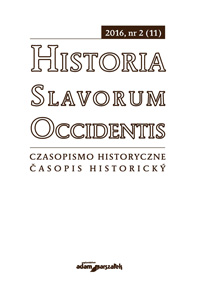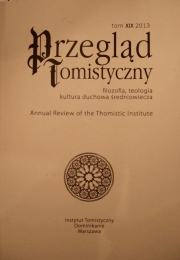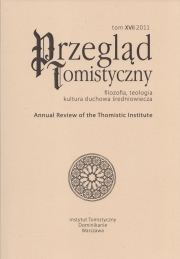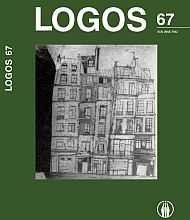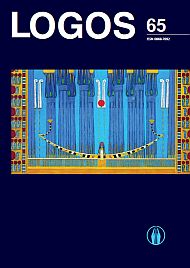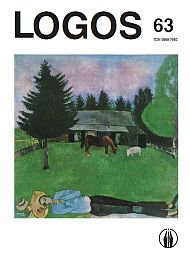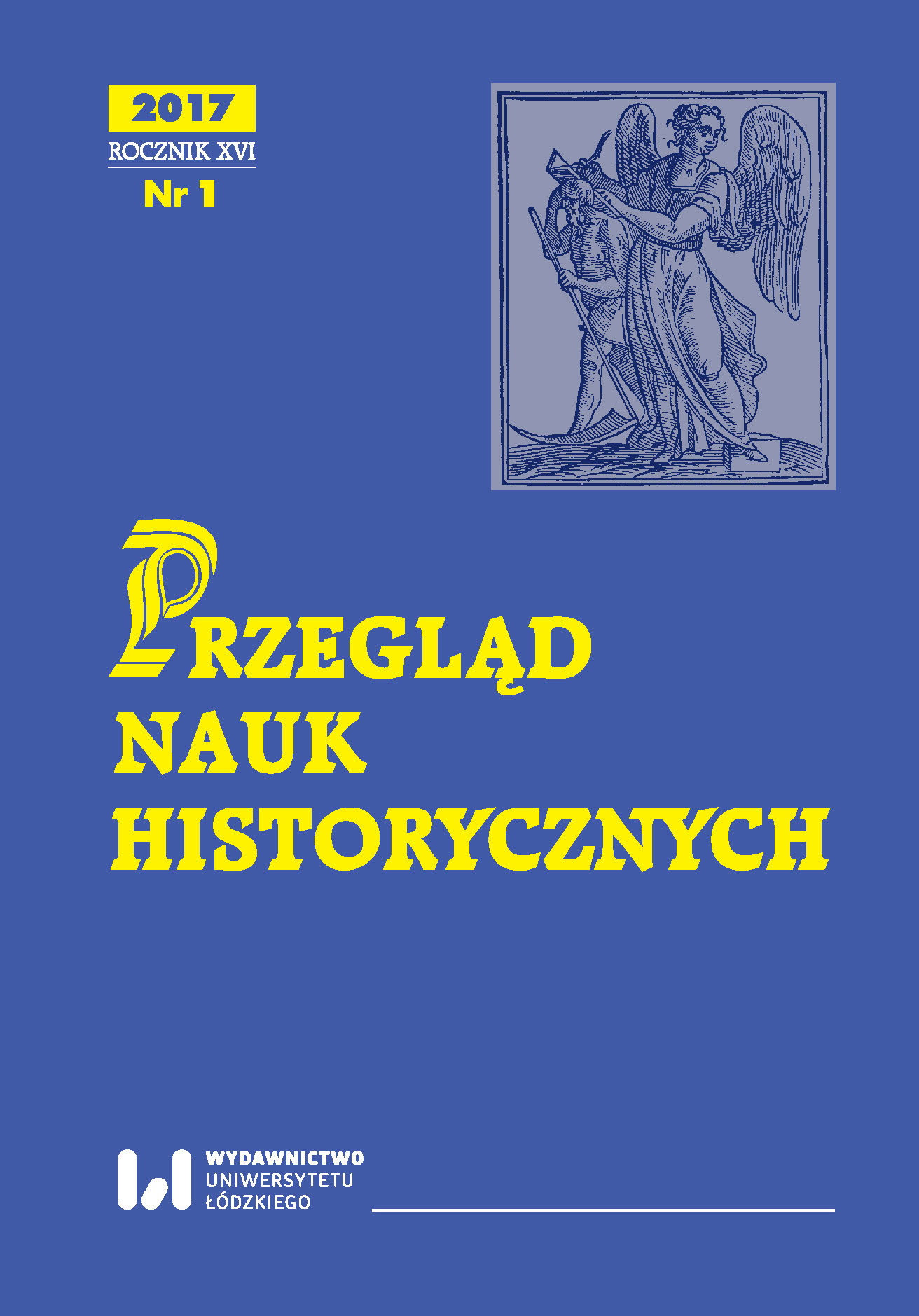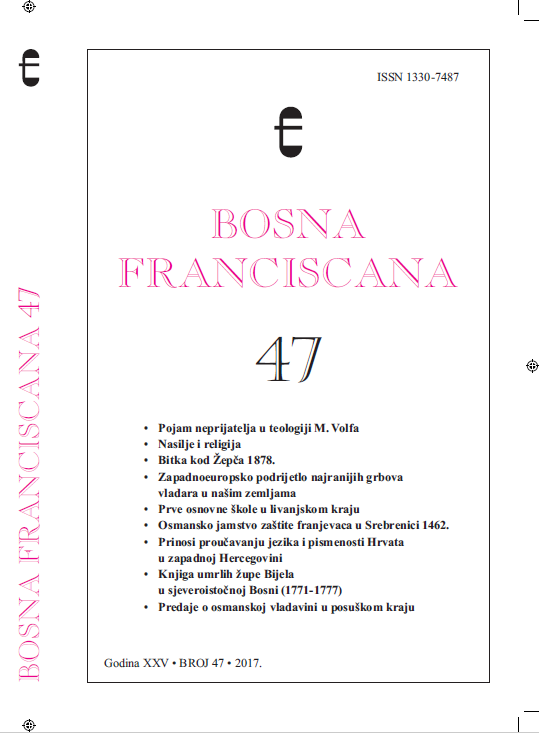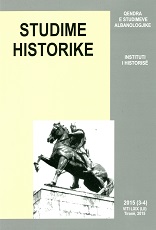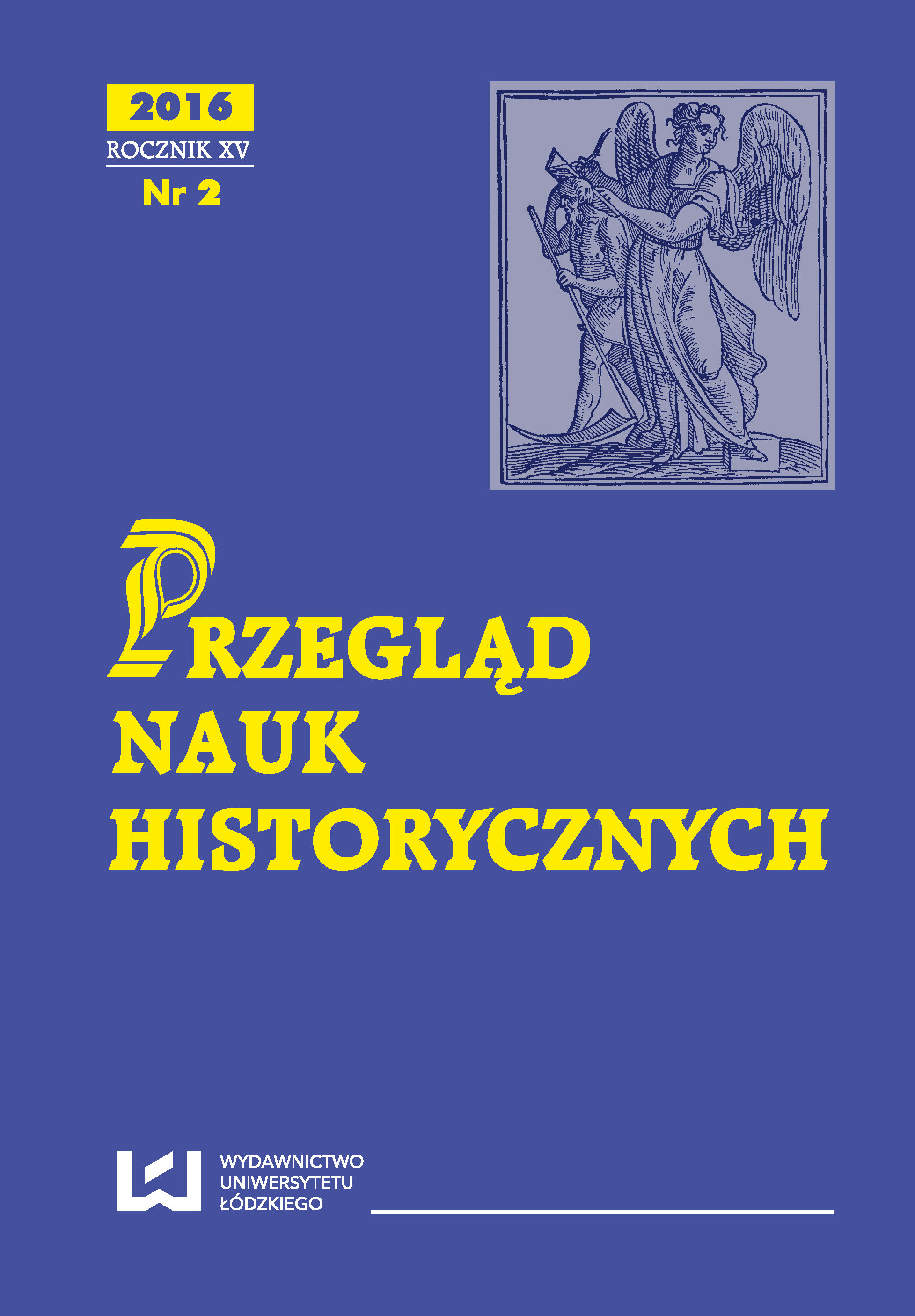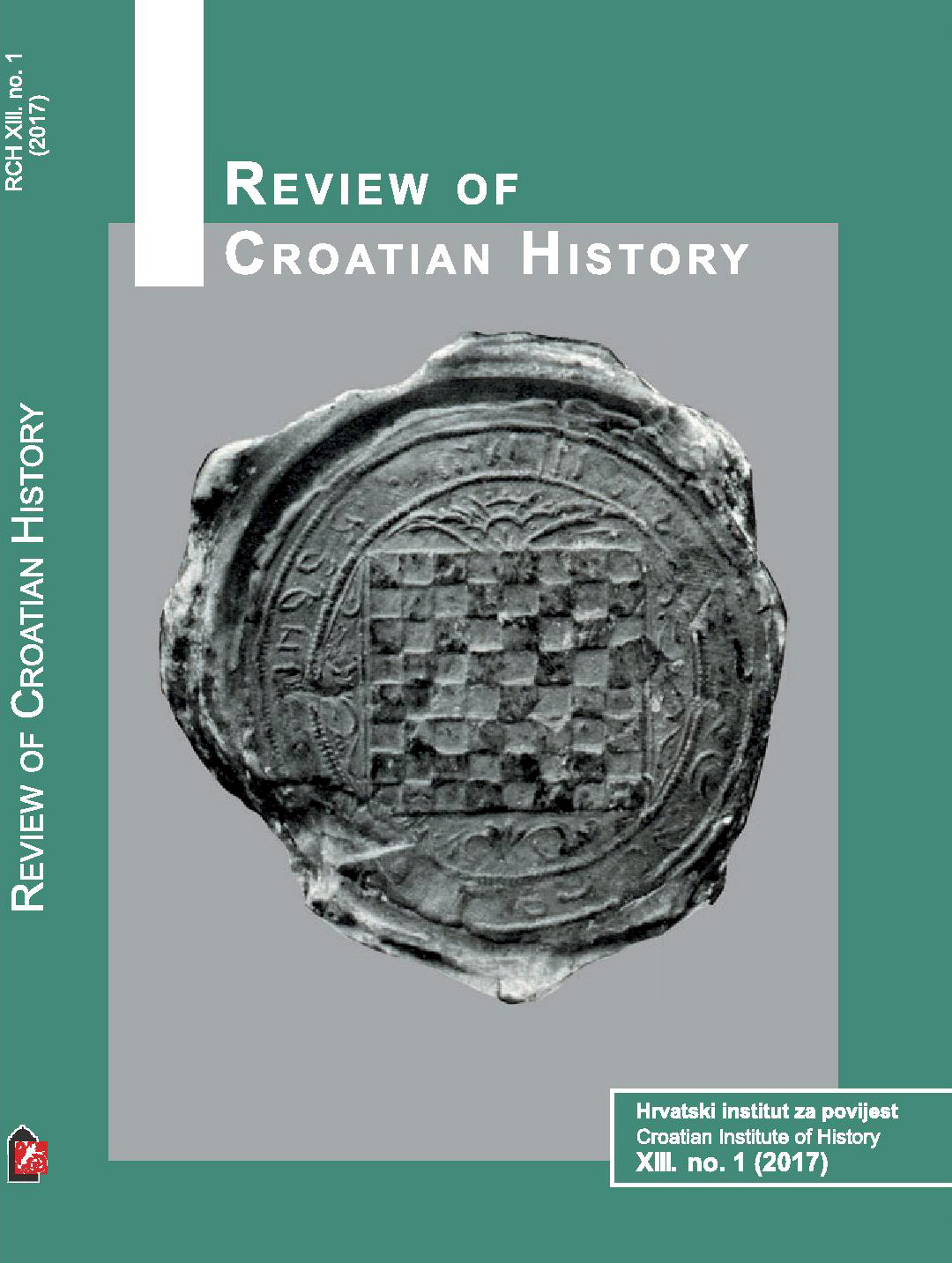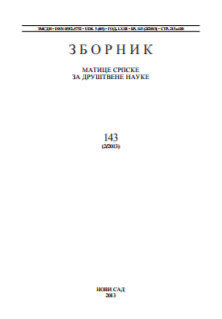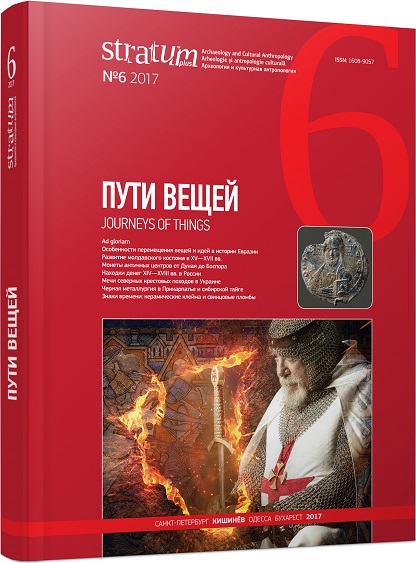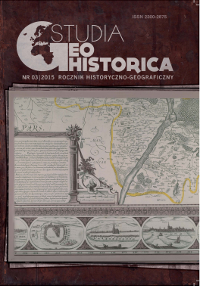Author(s): Rimantas Balsys / Language(s): Lithuanian
Issue: 65/2010
The Treaty of Christburg (or, more precisely, a copy of the original Treaty of Christburg signed by the Teutonic Knights and the Prussian clans in 1249) is the only written source providing the knowledge of the performers of the Prussian burial rites, called tulisonys and lygashonys, in the 13th C. Up to the present time, tulisonys and lygashonys were defined by researchers as magicians, sign interpreters, bards - spirit seers, priests, lamenters, mourners over the deceased, or even the judges of the dead. Reflections of the rites performed by tulisonys and lygashonys have survived in the burial customs, beliefs, or folklore of a later period (and in some cases, up to the present time). Functionally, tulisonys and lygashonys are to be identified with the warriors mourning over their noble chiefs, subjects, and barons, as witnessed by the written sources of the 13th–14th c., or the lamenters described in the writings of the 15th c. In the times of Christianity, the lamenting tradition in the burial rites of the nobility (and later, of the common people), as well as the lamenters, i.e tulisonys and lygashonys, were ousted by Catholic and Protestant hymns and sermons preached at the burial liturgy.
More...
